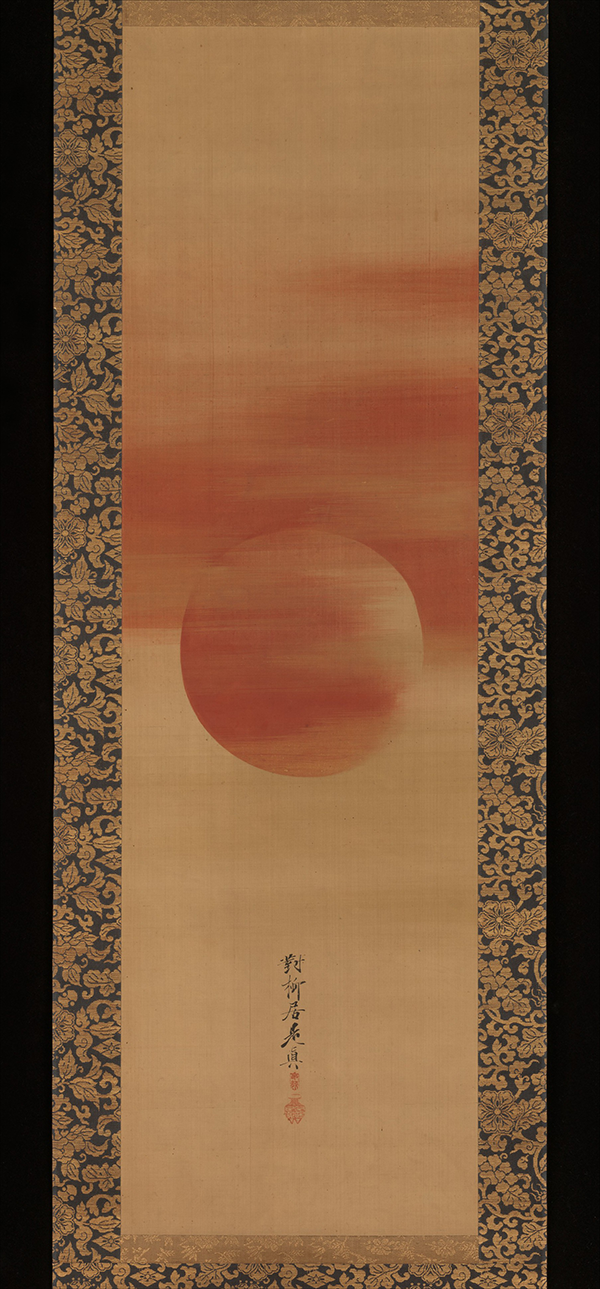Produced for K-12 educators, Teach This Poem features one poem a week from our online poetry collection, accompanied by interdisciplinary resources and activities designed to help teachers quickly and easily bring poetry into the classroom. The series is written by our Educator in Residence, Dr. Madeleine Fuchs Holzer, and is available for free via email.
Featured Poem
Rising Sun

Rising Sun, by Shibata Zeshin (Japanese, 1807–1891). Medium: ink and color on silk. Dimensions: 80 x 23.5 cm. The Howard Mansfield Collection, Purchase, Rogers Fund, 1936. www.metmuseum.org.
Classroom Activities
- Whip-around: Go quickly around the room, asking each of your students to say one word they associate with the word sun and one word they associate with heart. Any student who does not have an answer can say “pass” and wait to go until all the other students have had a turn.
- Show your students the image “Rising Sun” by Shibata Zeshin without mentioning the title. Ask them to look at it closely and write down what they see in the picture. Remind them that they should be looking for details. If they write, “I see the sun,” they should explain what in the picture tells them it is the sun. Ask them to turn and talk with a partner to share what they noticed. Ask them to discuss how the image made them feel. What in the image made them feel this way?
- Project “This Morning I Pray for My Enemies” so all your students can see it. Ask them to read it silently and write down the words and phrases that jump out at them. Ask one student to read the poem aloud to the whole class while the listeners add to their list of words and phrases. Repeat this process with a second student reading aloud.
- Ask your students to get in groups of four and discuss what the statement “The heart is the smaller cousin of the sun” might mean. Why do they think this, based on what they know about the heart and the sun?
- Whole-group discussion: What do your students think it takes to turn an enemy into a friend? What do they think Joy Harjo is saying about this in the poem?
